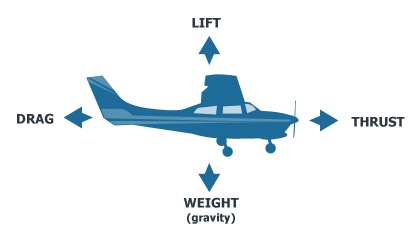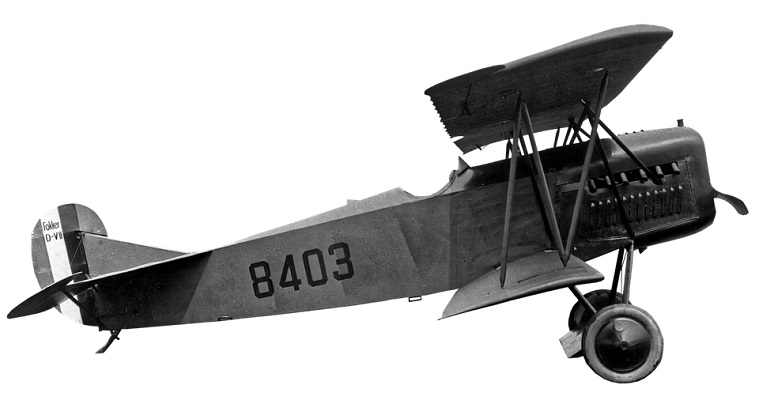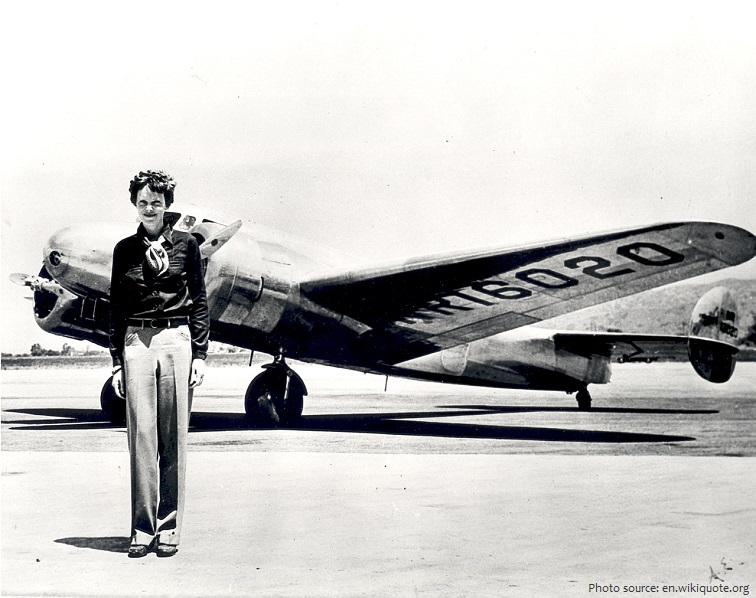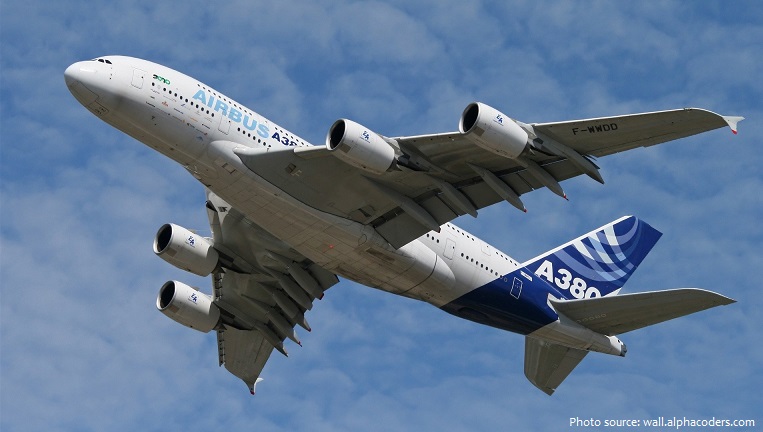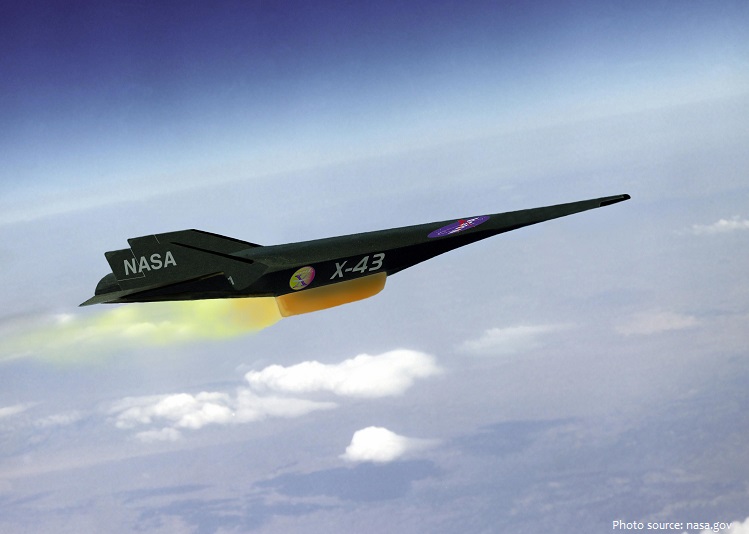Airplane or aeroplane (informally plane) is a powered, fixed-wing aircraft that is propelled forward by thrust from a jet engine or propeller.
Aerodynamics is the way air moves around things. The rules of aerodynamics explain how an airplane is able to fly.
The four forces of flight are lift, weight, thrust and drag. These forces make an airplane move up and down, and faster or slower. How much of each force there is changes how the airplane moves through the air.
First attested in English in the late 19th century (prior to the first sustained powered flight), the word airplane, like aeroplane, derives from the French aéroplane, which comes from the Greek ἀήρ (aēr), “air” and either Latin planus, “level”, or Greek πλάνος (planos), “wandering”.
Leonardo da Vinci‘s 15th-century dream of flight found expression in several rational but unscientific designs, though he did not attempt to construct any of them.
Orville and Wilbur Wright were the inventors of the first airplane. On December 17, 1903 Orville piloted the gasoline-powered, propeller-driven biplane, which stayed aloft for 12 seconds and covered 36 meters (120 feet) on its inaugural flight.
Once the Wright brothers demonstrated that the basic technical problems had been overcome at the start of the 20th century, aviation developed quickly.
World War I served as a testbed for the use of the airplane as a weapon. Airplanes demonstrated their potential as mobile observation platforms, then proved themselves to be machines of war capable of causing casualties to the enemy.
Following WWI, aircraft technology continued to develop.
British aviators John Alcock and Arthur Brown made the first non-stop transatlantic flight in June 1919.
The first international commercial flights took place between the United States and Canada in 1919.
On April 6, 1924, eight U.S. Army Air Service pilots and mechanics in four airplanes left Seattle, Washington, to carry out the first circumnavigation of the globe by air. They completed the journey 175 days later on September 28, after making 74 stops and covering about 44,340 kilometers (27,550 miles).
In 1931, with navigator Harold Gatty, Wiley Post piloted a Lockheed Vega 5B monoplane around the world in slightly less than 8 days 16 hours.
In 1932 Amelia Earhart became the first woman to complete a solo transatlantic flight. Five years later, during a global attempt, she disappeared somewhere over the Pacific.
The first jet aircraft to fly was the Heinkel He 178 (Germany), flown by Erich Warsitz in 1939, followed by the world’s first operational jet aircraft, the Me 262, in July 1942 and world’s first jet-powered bomber, the Arado Ar 234, in June 1943.
In October 1947, the Bell X-1 was the first aircraft to exceed the speed of sound. Piloted by U.S. Air Force Capt. Charles E. “Chuck” Yeager, the X-1 reached a speed of 1,127 kilometers (700 miles) per hour, Mach 1.06, at an altitude of 13,000 meters (43,000 feet).
The world’s first commercial jetliner, the de Havilland Comet, was introduced in 1952. The Boeing 707, the first widely successful commercial jet, was in commercial service for more than 50 years, from 1958 to 2010. The Boeing 747 was the world’s biggest passenger aircraft from 1970 until it was surpassed by the Airbus A380 in 2005.
Generally acknowledged as the largest airplane in the world, the single Antonov An-225 is the world’s heaviest aircraft ever (maximum takeoff weight greater than 640 tons) and the largest aircraft in length (84 m (275 ft 7 in) and wingspan (88.4 m (290 ft)).
The Airbus A380 is the largest passenger aircraft ever made. Capable of carrying 850 passengers.
The smallest jet aircraft is the home-built Bede BD-5J Microjet owned by Juan Jimenez of San Juan, Puerto Rico, USA, which weighs 162 kg (358 lb), is 3.7 m (12 ft) long, has a 5.7 m (17 ft) wingspan, and can fly at 483 km/h (300 mph). There are actually several hundred BD-5 aircraft flying, produced and sold in kit form by the Bede aircraft company.
Guinness World Records recognized NASA’s X-43A scramjet with a new world speed record for a jet-powered aircraft – Mach 9.68 or nearly 12,000 km/h (7,500 mph). The X-43A set the new mark and broke its own world record on its third and final flight on Nov. 16, 2004.
Each airplane is different as to its’ stall speed – the speed at which there no longer is sufficient air flowing over the wings to maintain flight. There are many factors affecting stall speed for a given aircraft: carried weight, internal balance of the load, etc. Through clever engineering, some planes have very low stall speeds, close to 65 km/h (40 mph).
A commercial jet has an average cruising speed of 885-930 km/h (550-580 mph). The typical cruising altitude is 10,000 to 12.800 meters (33,000 to 42,000 feet).
Airplanes are designed to withstand lightning strikes.
The world’s largest airlines can be defined in several ways. American Airlines Group is the largest by its fleet size, revenue, profit, passengers carried and revenue passenger mile. Delta Air Lines is the largest by assets value and market capitalization. Lufthansa Group is the largest by number of employees, FedEx Express by freight tonne-kilometers, Turkish Airlines by number of countries served and UPS Airlines by number of destinations served.
Most pilots and copilots on major airlines are not allowed to eat the same food to avoid the possibility of food poisoning sickening the entire flight crew.
Only FIVE PER CENT of the world’s population has ever been on an aircraft.
About one in four people live with a fear of flying.
The language all international pilots must be able to speak? English.
At 2.7 kilometer (1.7 miles), the shortest scheduled airline flight in the world (as of December, 2016) was the British Airways/Loganair (codeshare) Westray to Papa Westray route. Flights were scheduled for two minutes, but the actual flying time was closer to one minute.
There have been more astronauts than pilots who have flown the Concorde, which is now out of service. The Concorde was a turbo jet-powered, supersonic passenger jet airliner that was in service from 1976 to 2003. Many consider the aircraft an engineering marvel.
In 1987, a guy bought a lifetime unlimited first class American Airlines ticket for $250,000. He flew over 10,000 flights costing the company $21,000,000. They terminated his ticket in 2008.
Sir Richard Branson once lost a bet with Air Asia CEO Tony Fernandes on the winner of the 2010 F1 Grand Prix in Abu Dhabi. The loser had to work as a female flight attendant on the winner’s airline.
North Korea has its own airline, Air Koryo, which happens to be the only 1 star rated airline according to Skytrax.
In 1974, there was a “Not-For-Profit” airline named Freelandia that served organic food and had waterbeds. The airline went bankrupt in under a year.
Delta Airlines contract has a specific line allowing each passenger from Hawaii to carry one box or bag of pineapples.
The longest endurance flight (refuelled and manned) lasted almost 65 days in a Cessna 172 in 1968 to promote a Nevada hotel. That record still stands.
In 1990 British Airways pilot Tim Lancaster was sucked out of a window when it broke off and was pinned to the aircraft for 20 minutes while crew clung to his legs before landing. He suffered only minor injuries and was flying within 5 months.
Oxygen masks on planes last between 10 and 20 minutes, so that a pilot can descend into an oxygen zone.

